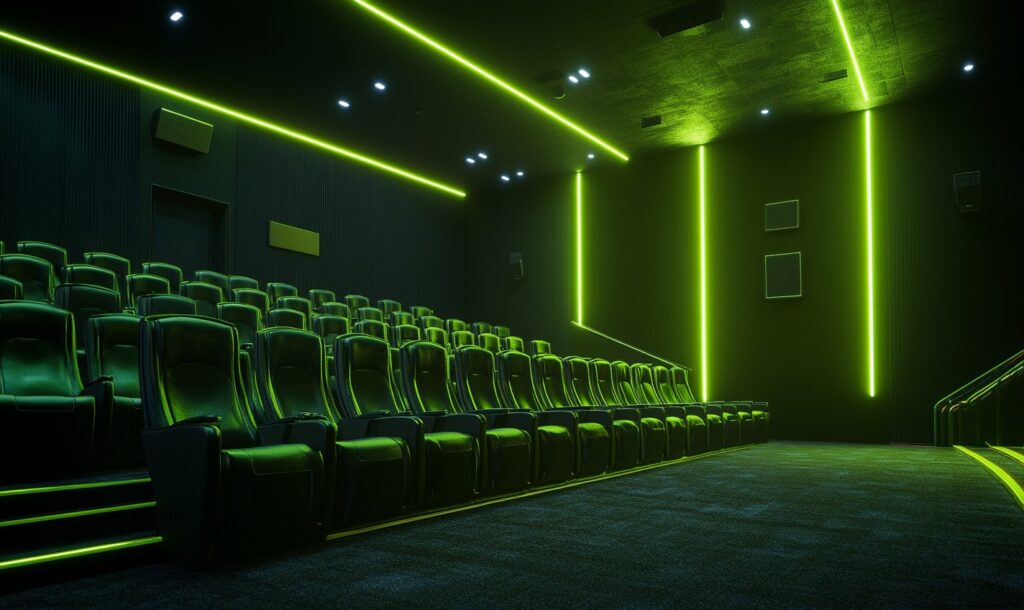Augmented reality (AR) apps are one of the most exciting new developments made possible by cutting-edge mobile technology — motion-tracking and advanced camera software that can allow developers to combine their vision with a user’s environment.
But you can’t approach AR development like you would any other app — you’ll need special tools to properly develop AR apps.
Fortunately, the rapid development of the AR dev scene means that you have options when it comes to programming languages, SDKs and developer resources if you want to develop an AR app. Below, we’ll cover the best programming languages for devs interested in creating augmented reality apps.
Choosing a Programming Language for Your AR App
When it comes to programming AR apps, there’s no one right language to use, which is good news — you’ll have a bit of flexibility, and can choose the language that fits your project’s needs.
If you just want to follow the lead of current AR devs, then you have a few different options. C#, C/C++ and Java are the most popular programming languages among AR devs right now. Knowing at least one of these languages will help you keep up with the latest developments in AR, and will likely equip you to work with most AR SDKs.
Most — but not all — of the popular AR software development kits (SDKs) work with all of these languages. One of the most commonly used AR SDKs, Vuforia — which works with both iOS and Android — has APIs for C++, Java and C#.
C# is likely one of the most popular partly due to its status as one of the scripting languages natively compatible with the game development platform, Unity. Unity is popular among AR app devs, as many AR SDKs — including Google’s ARCore — are designed to integrate with Unity.
Despite its age, or possibly because of it, C++ is a good language to know — most SDKs, even outside of AR, will support at least one of these languages. The same can be said for Java.
Choosing SDKs When Designing Augmented Reality Apps
When picking an SDK, you should choose based on the features and functionality that SDK offers. Different SDKs will make implementing different features easier than others. Consider how your app will work and which audiences it will target. The decisions made for an interior design app will likely differ for one geared toward medical professionals.
So if, for example, you just want to just develop for iOS devices, Apple’s ARKit will be the SDK you’ll want to use. Around 45 percent of professional AR devs use ARKit, probably because it provides the deepest functionality for apps on iOS devices. However, ARKit doesn’t support any of the top three programming languages — instead, you’ll need to work with one of Apple’s own programming languages, Swift or Objective-C.
Other SDKs will have different features — some will take better advantage of Android, and others can make it easy to bring in data from another device, like a Raspberry Pi, and use that information to drive an AR experience. Picking the right one for your project may take some research and experimentation.
Picking the Best Programming Language for AR Development
New technology has made AR development more accessible than ever, but just having a programming background won’t fully prepare you for working with AR. You’ll need to pick the right SDK for your project’s needs. You may also need to pick up a new programming language — like C#, C/C++, Java or Swift — in order to work with your chosen AR SDK.
Recent Stories
Follow Us On
Get the latest tech stories and news in seconds!
Sign up for our newsletter below to receive updates about technology trends




